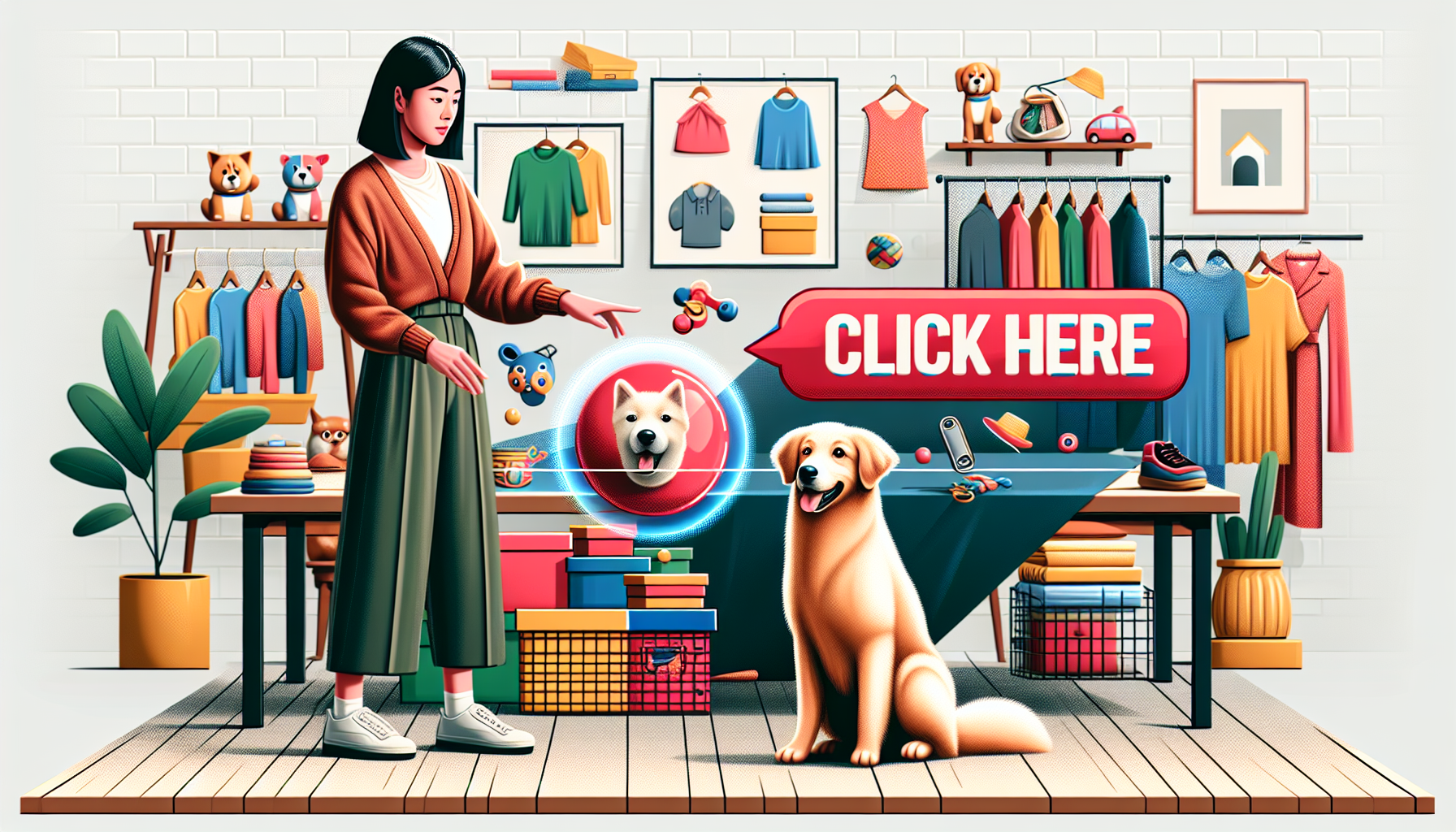Contents
Understanding the Reasons Behind Your Dog’s Behavior
Dogs are amazing creatures that bring joy and companionship to our lives. They are loyal, affectionate, and always there for us. However, sometimes our furry friends exhibit certain behaviors that we may not understand. In order to have a happy and healthy relationship with your dog, it is important to understand the reasons behind their behavior. Let’s take a closer look at some common dog behaviors and what they could mean.
1. Barking
Barking is a natural form of communication for dogs, but excessive or unnecessary barking can be a nuisance. There are several reasons why a dog may bark:
– Attention-seeking: Dogs may bark to get your attention or to communicate that they want something from you, such as food or a walk.
– Alarm: Dogs have a keen sense of hearing and may bark to alert you of potential dangers or strangers approaching your home.
– Anxiety or fear: Some dogs may bark when they are feeling anxious or scared. This could be due to a specific trigger, such as thunderstorms or fireworks.
– Territoriality: Dogs are naturally protective of their territory and may bark to ward off intruders or other animals.
Understanding the reason behind your dog’s barking can help you address the underlying cause and find a solution to reduce excessive barking.
2. Chewing
Chewing is a common behavior in dogs, especially puppies. Here are some possible reasons why dogs chew:
– Teething: Puppies chew to relieve the discomfort of teething. Providing them with appropriate chew toys can help redirect their chewing behavior.
– Boredom: Dogs may chew out of boredom or frustration. Ensuring they have plenty of mental and physical stimulation can help prevent destructive chewing.
– Exploration: Dogs use their mouths to explore their surroundings. Providing them with safe and appropriate items to chew on can help satisfy their natural curiosity.
– Anxiety or stress: Some dogs may chew as a coping mechanism when they are feeling anxious or stressed. Identifying and addressing the underlying cause of their anxiety can help reduce their chewing behavior.
3. Jumping
While jumping up might seem like an endearing behavior in puppies, it can become a problem as dogs grow older. Here’s why dogs jump:
– Excitement: Dogs may jump up to greet you or show their excitement. This behavior can be reinforced if inadvertently rewarded with attention or affection.
– Seeking attention: Dogs may jump up to get your attention, especially if they feel ignored or want to play.
– Establishing dominance: Some dogs may jump up as a way to establish dominance over you or other household members. Consistent training and setting boundaries can help discourage this behavior.
4. Separation Anxiety
Separation anxiety is a common issue that many dogs experience when left alone. Some signs of separation anxiety include:
– Destructive behavior: Dogs may chew, scratch, or damage furniture, doors, or windows when they are anxious.
– Excessive barking or howling: Dogs may vocalize excessively when separated from their owners.
– House soiling: Dogs may have accidents in the house when left alone due to anxiety or stress.
– Restlessness: Dogs with separation anxiety may pace, pant, or become agitated when left alone.
Understanding the signs of separation anxiety can help you provide the necessary support and training to help your dog feel more secure and calm when alone.
In conclusion, a deeper understanding of the reasons behind your dog’s behavior can pave the way for a stronger, happier relationship. By recognizing the underlying causes, you can address them effectively and ensure your furry friend’s well-being. Remember to always approach training and behavior modification with patience, consistency, and positive reinforcement.
Implementing Proper Training and Reinforcement Techniques
Proper training and reinforcement techniques are crucial when it comes to effectively teaching and shaping behavior in animals. Whether you are training a dog, a horse, or any other animal, using the right methods can make a significant difference in the learning process. In this article, we will explore some key techniques that will help you implement proper training and reinforcement and achieve the desired results.
1. Understanding the Animal’s Behavior
Before you begin any training, it is important to have a thorough understanding of the animal’s behavior patterns and natural instincts. This will enable you to tailor your training methods and choose the most appropriate techniques to achieve the desired outcomes. Take the time to observe and study the animal’s body language, communication signals, and responses to different stimuli.
2. Positive Reinforcement
Positive reinforcement is a powerful training technique that involves rewarding the animal for desired behavior. This can be done through the use of treats, praise, toys, or any other form of reward that the animal finds motivating. When the animal performs the desired behavior, promptly provide the positive reinforcement to reinforce the behavior and increase the likelihood of it being repeated in the future.
3. Consistency
Consistency is key when it comes to training and reinforcement. Animals thrive on routine, so it is important to establish clear and consistent rules and expectations from the start. Use the same signals, cues, and commands consistently to avoid confusion and ensure that the animal understands what is expected of them.
4. Patience and Persistence
Training takes time and effort, and it is essential to remain patient and persistent throughout the process. Remember that animals learn at their own pace, so avoid getting frustrated or discouraged if progress is slow. Stay committed to the training plan and consistently reinforce the desired behavior to gradually shape the animal’s behavior over time.
5. Avoid Punishment
Using punishment as a training technique can have negative effects on the animal’s confidence, trust, and overall well-being. Instead of punishing undesired behavior, focus on redirecting the animal’s attention towards more appropriate behaviors and reinforcing those behaviors positively. This approach helps create a positive and enjoyable training experience for both the animal and the trainer.
6. Seek Professional Help if Needed
If you encounter challenges or feel overwhelmed during the training process, don’t hesitate to seek professional help. Experienced trainers can provide guidance, support, and additional training techniques that may be beneficial in achieving the desired outcomes. They can also assist in addressing any specific behavioral issues that may arise during the training process.
Implementing proper training and reinforcement techniques is essential for effectively teaching and shaping behavior in animals. By understanding the animal’s behavior, using positive reinforcement, maintaining consistency, practicing patience and persistence, avoiding punishment, and seeking professional help when needed, you can create a positive and successful training experience for both you and your animal. Remember, training is an ongoing process, and with the right techniques and mindset, you can achieve remarkable results. Happy training!<
Providing Adequate Mental and Physical Stimulation
Our furry friends deserve the best care possible, and that includes providing them with adequate mental and physical stimulation. Just like humans, animals need to exercise their bodies and minds to stay happy and healthy. In this article, we will explore some effective ways to ensure your pets receive the mental and physical stimulation they need.
Playtime is Essential
One of the simplest and most enjoyable ways to provide mental and physical stimulation for your pets is through regular play sessions. Engage in interactive games that challenge their minds and keep them physically active. Activities like fetch, hide-and-seek, and puzzle toys are great options to keep your pets entertained and mentally stimulated. Be sure to incorporate both mental and physical exercises during playtime.
Training and Enrichment
Training sessions are not only beneficial for teaching your pets new tricks, but they also provide mental stimulation. Dogs, in particular, thrive on learning and solving problems. Dedicate time each day for training sessions, teaching them new commands, tricks, or even agility exercises. For cats, consider using puzzle feeders or providing scratching posts to keep them mentally engaged and physically active.
Outdoor Adventures
Outdoor exploration is an excellent way to stimulate your pets both mentally and physically. Take your dogs for regular walks or hikes in nature, allowing them to experience new scents, sights, and sounds. If you have cats, consider creating a safe outdoor space for them to explore, such as an enclosed garden or a catio. Outdoor adventures provide valuable mental stimulation and help prevent boredom.
Interactive Toys and Games
There are countless interactive toys and games available in the market that provide mental stimulation for pets. Look for toys that require problem-solving or offer treat-dispensing features. These toys force your pets to think and work for their rewards, keeping their minds sharp. Puzzle toys, treat balls, and intelligence games are all fantastic options to incorporate into your pet’s routine.
Daily Routine and Environmental Enrichment
Establishing a daily routine for your pets can help provide structure and mental stimulation. Regular feeding times, exercise sessions, and quiet time for relaxation are essential components of a well-balanced routine. Additionally, consider enriching their environment by providing scratching posts, climbing trees, or even a fish tank to observe. A stimulating environment helps keep their minds engaged and prevents boredom.
Ensuring that your pets receive adequate mental and physical stimulation is crucial for their overall well-being. By incorporating regular playtime, training sessions, outdoor adventures, interactive toys, and a stimulating environment, you can promote a happy and healthy lifestyle for your furry friends. Remember, a mentally and physically stimulated pet is a content pet. So go ahead, unleash their potential, and enjoy the journey together!
Creating a Safe and Dog-Friendly Environment
Dogs are amazing companions that bring joy and love into our lives. As dog owners, it is our responsibility to provide them with a safe and dog-friendly environment. Creating such an environment not only ensures the well-being and happiness of our furry friends, but also prevents accidents and promotes a harmonious living space. In this article, we will explore various ways you can create a safe and dog-friendly environment for your beloved pet.
1. Securing Your Home
The first step in creating a safe and dog-friendly environment is to secure your home. Dogs are naturally curious and may explore areas that could potentially be dangerous for them. Take the following precautions to keep your dog safe:
- Install sturdy fences around your property to prevent your dog from wandering off and getting lost or injured.
- Ensure that your doors and windows are properly secured to prevent your dog from escaping.
- Use safety gates to block off areas that are off-limits to your dog, such as staircases or rooms with fragile or dangerous items.
2. Eliminating Hazards
Identifying and eliminating potential hazards within your home is essential to create a safe environment for your dog. Some common hazards to watch out for include:
- Household chemicals: Store cleaning products, pesticides, and other hazardous substances in locked cabinets to prevent accidental ingestion.
- Electrical cords: Use cord covers or pet-proof the areas where your dog spends most of their time to prevent chewing on electrical cords.
- Sharp objects: Keep sharp objects such as knives, scissors, and needles out of reach to prevent injuries.
- Small objects: Avoid leaving small objects like buttons, coins, or batteries lying around as they can be dangerous if swallowed.
3. Providing a Comfortable Living Space
A comfortable living space is essential for your dog’s well-being. Here are some tips to create a cozy and dog-friendly environment:
- Bedding: Provide your dog with a comfortable and well-padded bed where they can rest and sleep.
- Temperature control: Ensure that the temperature in your home is suitable for your dog’s breed and age. Provide cooling options, such as a fan or air conditioning during hot weather, and warm bedding during colder months.
- Doggy toys: Keep your dog entertained and mentally stimulated by providing a variety of toys that are safe and suitable for their size and chewing habits.
4. Regular Exercise and Mental Stimulation
Regular exercise and mental stimulation are vital for a dog’s overall health and well-being. Here are some ideas to provide your dog with physical and mental exercise:
- Daily walks: Take your dog for daily walks to keep them physically active and mentally stimulated by exploring new scents and environments.
- Interactive toys: Invest in interactive toys that challenge your dog’s problem-solving skills and keep them entertained.
- Obedience training: Enroll your dog in obedience training classes to provide mental stimulation and reinforce good behavior.
5. Regular Veterinary Care
Regular veterinary care is crucial to keep your dog healthy and prevent any potential health issues. Here are some essential veterinary care practices:
- Vaccinations: Ensure that your dog is up-to-date with their vaccinations to protect them from common diseases.
- Routine check-ups: Schedule regular check-ups with your veterinarian to monitor your dog’s overall health and address any concerns.
- Parasite prevention: Use appropriate parasite prevention measures such as flea and tick treatments to protect your dog from diseases carried by parasites.
By following these tips, you can create a safe and dog-friendly environment that promotes the well-being and happiness of your beloved pet. Remember, a happy and healthy dog is a cherished companion for life!





